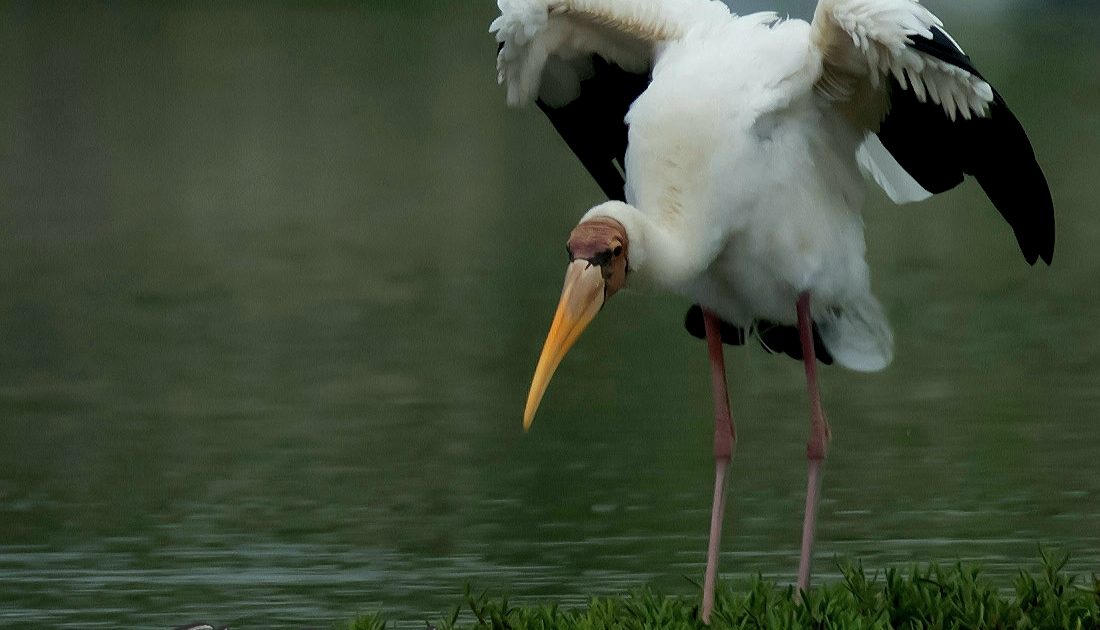UNAIR NEWS – Nature always has a way to show its various activities. One of them, milky stork or in Latin known as Mysteria Cinerea. The migrant activity of milky stork that occurred on the coast of Probolinggo Regency area, East Java and it received attention by one of wildlife observer from Universitas Airlangga.
Quoting from probolinggokab.go.id on Tuesday January 22, Dr. Boedi Setiawan drh., MP., lecturer at Faculty of Veterinary Medicine (FKH) UNAIR, said that he had carried out his activities twice as an observer and photographer of milky stork in Probolinggo. However, in the previous year, he did not get a chance to see that moment and he had to wait for the next migration season. This time, he successfully observed and documented the migration activities of milky stork.
According to the lecturer who is familiarly called Cak Boeseth, seeing the behavior of milky stork that always comes back every year and the number keep growing indicates that the mangrove habitat here (Probolinggo, ed) is suitable for milky stork colony. In addition, he added, the awareness from its surrounding community to protect milky stork existence from hunters was an important factor in this annual activities.
“For that reason, they finally returned in the following years to find food during their current migration season. Wild animals always follow their instincts when migrating, as long as they enjoy their stay here and the habitat is supportive, they will always return, “he explained.
Furthermore, Lecturer of Wildlife Conservation FKH UNAIR also explained, out of a total six milky stork that had been monitored, this time all of them were in healthy condition, this was seen in the awareness of the milky stork for human presence. If the condition is good, Cak Boeseth added that there will be a possibility that the milky stork can breed here.
“As long as the mangrove conditions are maintained and the security of milky stork guaranteed,” he said.
In the end, he hopes that in the future there will be follow-up from policy makers, especially in mining village of mangrove. If it is possible, the area could be used as a conservation area.
“Besides that, it is also necessary to expand mangrove location, in addition for being a barrier function as well as supporting wildlife habitat in here which turned out that there are still several different types besides the milky stork,” he concluded.
Author: Nuri Hermawan





